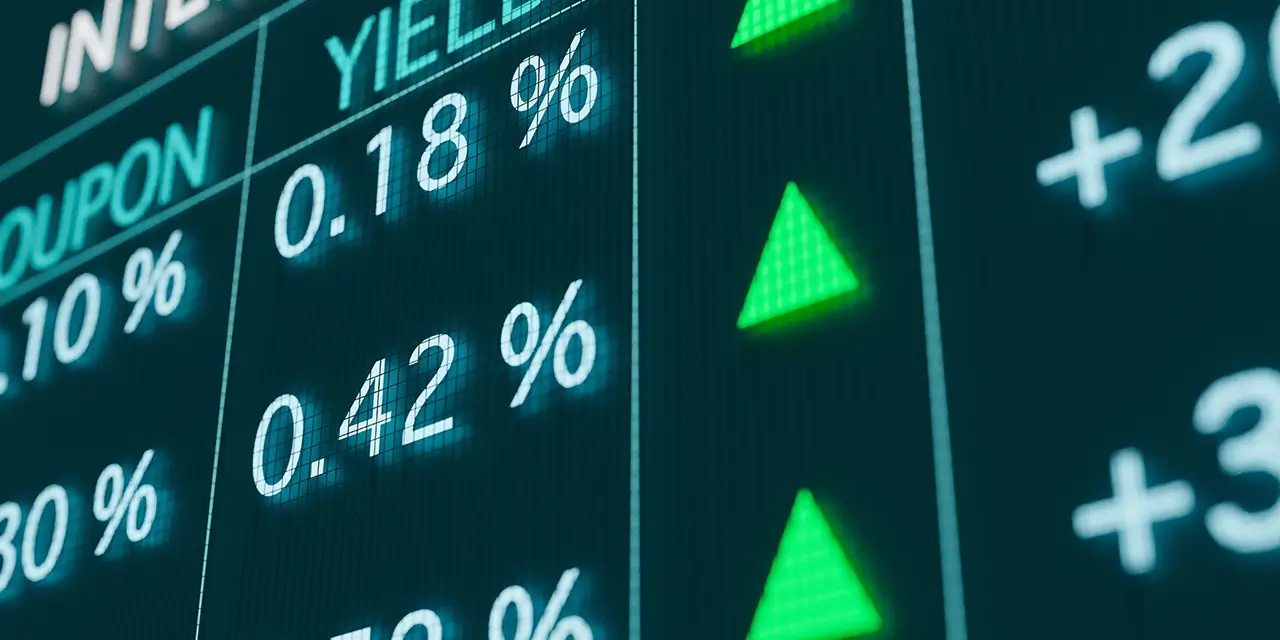There’s a straightforward thesis behind the Harvest Brand Leaders Plus Income ETF (HBF:TSX): owning the world’s biggest brands in a diversified portfolio can provide long-term growth opportunities for investors. That thesis is combined with Harvest ETFs’ active and flexible covered call strategy to generate high income.
Straightforward as that thesis is, it’s important to unpack why owning big brands can make sense, how those brands integrate with an income strategy, and whether that thesis can hold true in periods of economic uncertainty.
What is a Brand Leader?
We should begin by understanding what a brand leader is from a business and investment perspective. Brands are inescapable in our day to day lives, they’re synonymous with products we use, trust, and value. But how can the somewhat intangible and conceptual presence of a brand be quantified, measured, and assessed for viability as an investment?
A number of organizations and research companies have dedicated themselves to that question, publishing publicly available lists of “top brands.” For example the Interbrand Best Global Brands list, or the Forbes most valuable brands list (last published in 2020), or the Kantar BrandZ global ranking. Using methodologies designed to capture the real world presence of a business and the psychological presence of its brand among consumers, these lists provide a starting point to understanding what brand leadership means.
These lists seek to pin a value to the recognition of a brand and the positivity with which consumers perceive it. For an investment product like an ETF, however, that attempt is only the start. The intangibles of a brand’s presence have to be backed up by hard financial data. That’s what the Harvest ETFs team does to ensure the brands in HBF are worth investing in.
The Thesis Behind Harvest Brand Leaders Plus Income ETF
Starting with an investable universe of top global brands, the Harvest ETFs team then narrows that universe using quantitative metrics. To begin, they select brands listed on US exchanges like the NYSE and the Nasdaq, both because US equities can play a crucial role in investor portfolios, and because US-listed stocks often have deeper options markets which are key to the income component of the HBF ETF.
From there they look at dividend payment history, market share, price to earnings multiples, market capitalization and a range of other key investment variables. These metrics help determine which of these leading brands are also the strongest businesses.
Once that universe is narrowed, portfolio managers actively select 20 companies to deliver the broadest diversification and ballast to the ETF portfolio. The result is an ETF with 20 large-cap leading companies which meet baseline criteria of brand recognition, loyalty, and market share as well as robust financials and attractive growth prospects.
Can Big Brands lead in Rough Markets?
One of the key ideas behind investing in big brands is their resilience and longevity over time. Many of the companies held in HBF have histories stretching back to the late 19th century. Brand leadership is about ubiquity today, but at Harvest ETFs we are aware of a brand’s history when we assess its value.
That means many of these brands have already weathered difficult market cycles, recessions, or even the great depression. Given the broad-based market uncertainty we have seen in recent times, we at Harvest ETFs believe that large global brands can offer attractive qualities to investors.
Firstly, many of these companies have been here before. They have shown the capacity to withstand an economic cycle and even thrive despite it.
Second, the biggest brands often have dominant market share. That is especially true for the brands held in HBF as they are screened by financial metrics. Companies that already dominate their markets are often well positioned for a downturn as they can use their scale and resources to withstand weaker periods and even acquire smaller competitors.
Third, when money is tight customers flock to brands they trust. If a consumer’s balance sheet is tighter, they are more likely to spend on something they believe has value. Those could be Nike shoes or Apple computers, the long-term value consumers see from those brands will help capture their dollars in a tight market. The same rules apply to businesses. If a business is cutting its expenditures and wants to ensure value for money, they are more likely to work with a brand they trust.
An ETF focused on brand leaders, therefore, can benefit from these qualities brands bring. Even during difficult periods on the market.
Why HBF Income can Make Sense
In addition to its exposure to global brands, the HBF ETF also has an income component. Through a combination of dividends from its underlying holdings and an active and flexible covered call option strategy, HBF pays a high monthly cash distribution to unitholders.
The dominant characteristics of brand leaders can work well when combined with income for few reasons.
First and foremost, generating income from call options requires equities with a deep options market. Large-cap, U.S.-listed industry leaders like those held in HBF tend to have the deepest options markets. This allows portfolio managers the greatest flexibility in executing their income generating strategy.
Second, the stability and consistency many investors seek from a brand ETF is complimented by a high income yield. That income can be a crucial contributor to total return, especially in a down market when cashflow can offset potential downside.
Finally, these big brands are often characterized by their dividend payments among investors. The attractiveness of a brand for an investor can come from its dividend history. Adding income generated with covered calls can compliment the existing income component of a brand investment, helping to meet an investor’s cashflow needs.
By establishing what a brand leader is, selecting a portfolio with key quantitative and qualitative metrics, and generating income for investors, the Harvest Brand Leaders Plus Income ETF offers investors a chance to invest in global brands with diversification, stability, and income that many can see as very attractive.











